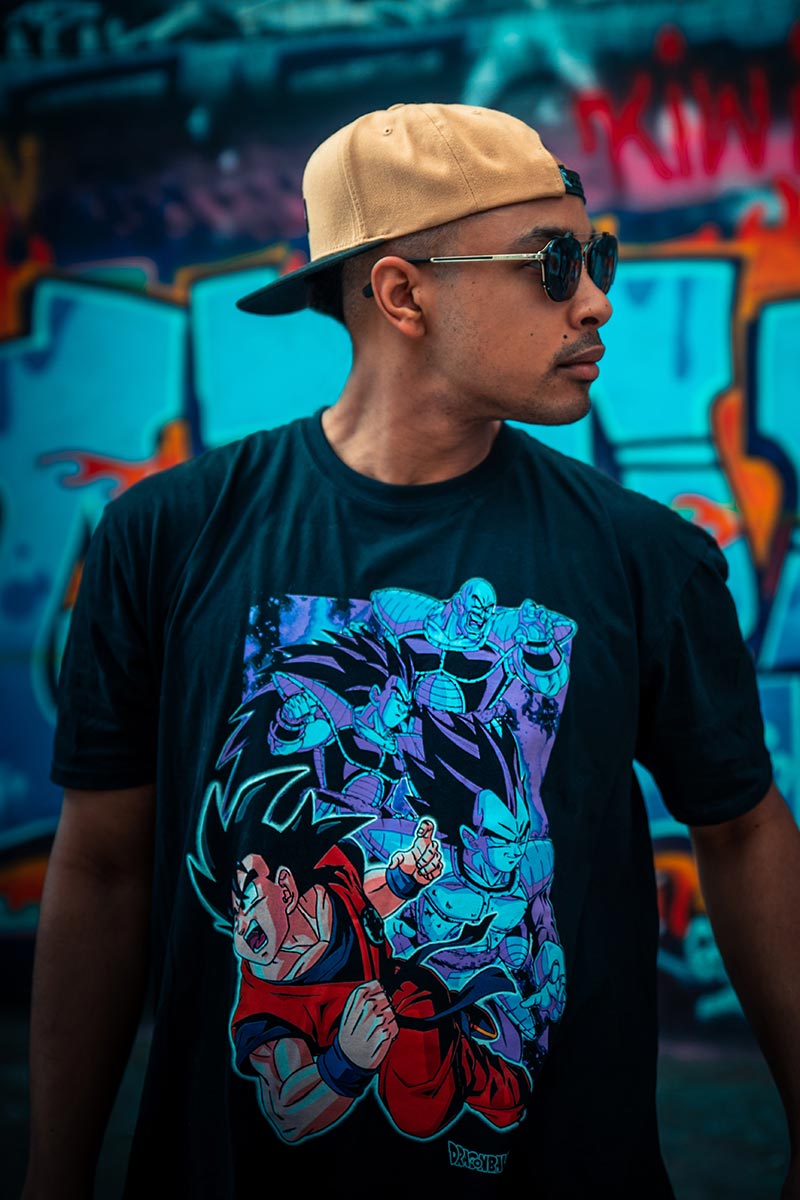Past Essentials: DTF Printing Techniques for Exceptional Fabric Creations
The Future of Fashion: Discovering DTF Printing Technology in the Textile Sector
Among these developments, Direct to Film (DTF) printing technology has emerged as an appealing competitor, supplying one-of-a-kind capabilities and opportunities for designers and producers alike. This advanced printing approach has actually triggered passion due to its possible to revolutionize traditional textile printing procedures.
Advancement of Fabric Printing
From the ancient people making use of strategies like block printing to the digital revolution of today, fabric printing has continually pressed limits. As the craft spread to other components of the globe, brand-new methods such as display printing and roller printing emerged throughout the Industrial Transformation, transforming the fabric market.
In the 20th century, developments in modern technology caused the development of rotating screen printing, enabling faster and a lot more intricate layouts. The introduction of electronic textile printing in the late 20th century noted a significant change towards even more sustainable and flexible printing approaches. Today, with advancements like Direct-to-Fabric (DTF) printing technology, designers can develop dynamic, in-depth prints with greater effectiveness and lowered environmental influence. The evolution of textile printing showcases an abundant history of imagination, resourcefulness, and technological development worldwide of style and layout.
Advantages of DTF Technology
With the development of fabric printing strategies from old methods like block printing to contemporary technologies such as digital printing, the introduction of Direct-to-Fabric (DTF) technology has substantially boosted the efficiency and sustainability of textile printing processes. Among the primary benefits of DTF innovation is its capability to straight publish layouts onto textile without the demand for transfer documents, which lowers waste and streamlines the manufacturing procedure. Furthermore, DTF printing permits higher shade vibrancy and detail precision compared to conventional techniques, allowing fabric suppliers to develop elaborate and high-grade layouts easily.
In addition, DTF modern technology is recognized for its convenience, as it can be utilized on different kinds of fabrics, consisting of all-natural fibers like wool, silk, and cotton, as well as artificial materials such as polyester and nylon (DTF Printing). This flexibility opens a large range of possibilities for designers and manufacturers to try out different appearances and products, resulting in more distinct and innovative items in the fashion sector. Generally, the implementation of DTF modern technology stands for a significant advancement in fabric printing, providing numerous benefits that add to the future sustainability and creative thinking of the industry
Sustainability in vogue Production
Stressing environment-friendly practices is extremely important in contemporary style production, straightening with the growing customer demand for lasting items. Recently, the apparel industry has actually faced boosting scrutiny because of its significant environmental influence, including extreme water use, chemical contamination, and fabric waste. As a reaction, lots of fashion brand names are currently integrating lasting techniques into their manufacturing procedures to minimize damage to the setting.
Sustainability in vogue production encompasses different facets, such as making use of organic and recycled products, reducing energy usage, carrying out more info here moral labor practices, and promoting openness throughout the supply chain. In addition, advancements in innovation, like DTF printing, deal possibilities to further improve sustainability in textile production. This modern technology makes it possible for precise printing on fabrics, decreasing ink wastefulness and water use contrasted to typical printing methods.
Design Liberty and Personalization

In addition, DTF printing helps with modification on a range previously unattainable, permitting for personalized garments and unique items customized to individual choices. Overall, DTF printing innovation changes the design landscape in the textile sector, offering limitless opportunities internet for creative expression and individualized style.
Effect On Supply Chain & Market Trends
DTF printing innovation in the textile industry is reshaping supply chain characteristics and affecting market patterns with its efficiency and customization capacities. By making it possible for on-demand printing and eliminating the requirement for huge stocks, DTF modern technology enhances the supply chain procedure.
Furthermore, the modification potential of DTF printing innovation is revolutionizing the market patterns in the textile market. As an outcome, DTF technology is driving a shift in the direction of more customer-centric and ingenious methods within the fabric industry, shaping the future of style.

Conclusion
Finally, DTF printing technology is reinventing the fabric industry by providing countless benefits such as design sustainability, customization, and flexibility. This ingenious modern technology is improving the future of style production, impacting supply chains, and driving market patterns towards a lot more eco-friendly and effective methods. As the market continues to progress, DTF printing will certainly play a critical duty in forming the means fabrics are generated and eaten in the years ahead.
From the old human beings making use of methods like block printing to the electronic transformation of today, textile printing has constantly pushed boundaries. As the craft spread to various other components of the globe, new techniques such as screen printing and roller printing emerged throughout the Industrial Change, reinventing the fabric sector.
The intro of electronic fabric printing in the late 20th century marked a significant change in the direction of more functional and lasting printing techniques.With the evolution of textile printing strategies from ancient methods like block printing to modern-day technologies such as electronic printing, the introduction of Direct-to-Fabric (DTF) technology has actually substantially enhanced the efficiency and sustainability of fabric printing processes (DTF Printing).In response to the imperative change towards sustainability in style manufacturing, the adoption of ingenious technologies like DTF printing not just addresses environmental problems however also opens up methods for unequaled design liberty and personalization in the fabric market